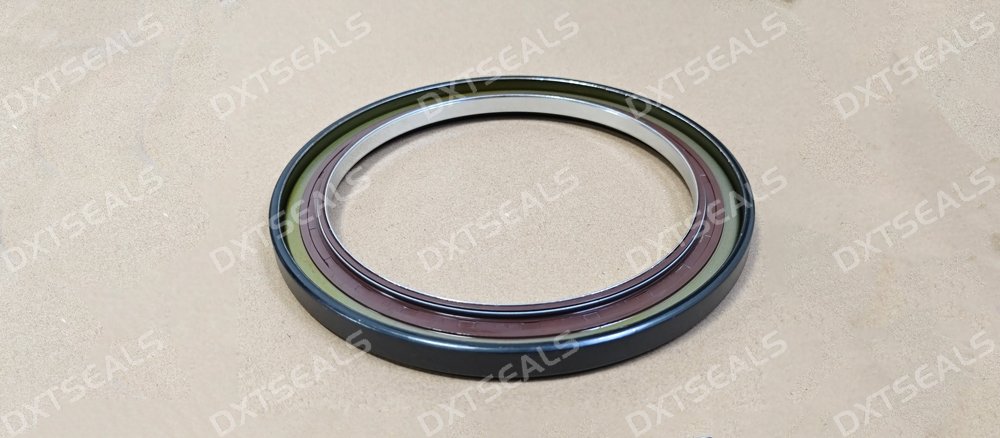
Oil seals, also known as shaft seals or rotary seals, are critical components in industrial and automotive equipment. They prevent fluid leakage, keep contaminants out, and help maintain system pressure. However, even the most robust oil seals can fail prematurely if not installed, maintained, or used properly.
This article provides practical strategies to extend oil seal service life, along with key maintenance tips that often go overlooked.
🔧 Why Oil Seal Lifespan Matters
Premature oil seal failure can result in:
-
Fluid leaks and contamination
-
Equipment downtime
-
Costly repairs or part replacements
-
Reduced safety and operational efficiency
Extending the life of your oil seals saves time, money, and enhances equipment reliability.
🛠️ Key Factors That Affect Oil Seal Lifespan
-
Incorrect Installation
Misalignment, improper fitting, or damaged seal lips during installation can reduce lifespan significantly. -
Poor Shaft Surface Quality
A shaft that’s too rough, scratched, or out-of-round leads to uneven wear on the seal. -
Inadequate Lubrication
Dry running or insufficient lubrication can cause heat buildup and early material degradation. -
Contamination
Dirt, dust, and moisture can erode the sealing lip and compromise sealing performance. -
Material-Fluid Incompatibility
Using a seal made from a material not compatible with the fluid leads to swelling, cracking, or hardening.
🧰 Best Practices to Extend Oil Seal Service Life
✔ 1. Proper Installation
-
Always use installation tools to prevent lip damage.
-
Ensure correct alignment between the shaft and bore.
-
Avoid touching the seal lip with sharp objects.
✔ 2. Check Shaft and Housing Tolerances
-
Shaft surface finish should be Ra 0.2–0.8 μm.
-
Tolerance must meet manufacturer specifications to avoid leakage.
✔ 3. Use Compatible Lubricants
-
Use the correct oil or grease compatible with both the seal and the system.
-
Apply a thin film on the seal lip during assembly to reduce initial wear.
✔ 4. Protect Against Contaminants
-
Use dust lips, covers, or labyrinth seals in dirty or abrasive environments.
-
Regularly inspect seals for signs of contamination.
✔ 5. Monitor Temperature and Pressure
-
Stay within the temperature and pressure ratings of the seal material (e.g., FKM, NBR, PTFE).
-
Overheating will accelerate material fatigue and reduce sealing efficiency.
✔ 6. Periodic Inspection and Replacement
-
Inspect seals during scheduled maintenance.
-
Look for signs of hardening, cracking, deformation, or leakage.
🧪 Material Selection Matters
Choose the right oil seal material based on your application:
| Material | Temp Range | Resistance | Typical Use |
|---|---|---|---|
| NBR | -40°C to 120°C | Oil, water | General industry |
| FKM (Viton) | -25°C to 250°C | Fuel, heat, chemicals | Automotive, aerospace |
| PTFE | -100°C to 250°C | Wide chemical resistance | Aggressive fluids |
| Silicone | -60°C to 200°C | Food grade, heat | Food, medical equipment |
🏁 Conclusion
Oil seal performance and longevity are directly tied to maintenance quality, proper installation, and material compatibility. By paying attention to the small details—like shaft condition, lubricant type, and environmental protection—you can significantly extend the life of your seals and improve system reliability.
Looking for durable, high-performance oil seals?
👉 Visit www.dxtseals.com to explore premium sealing solutions tailored for your equipment needs.
